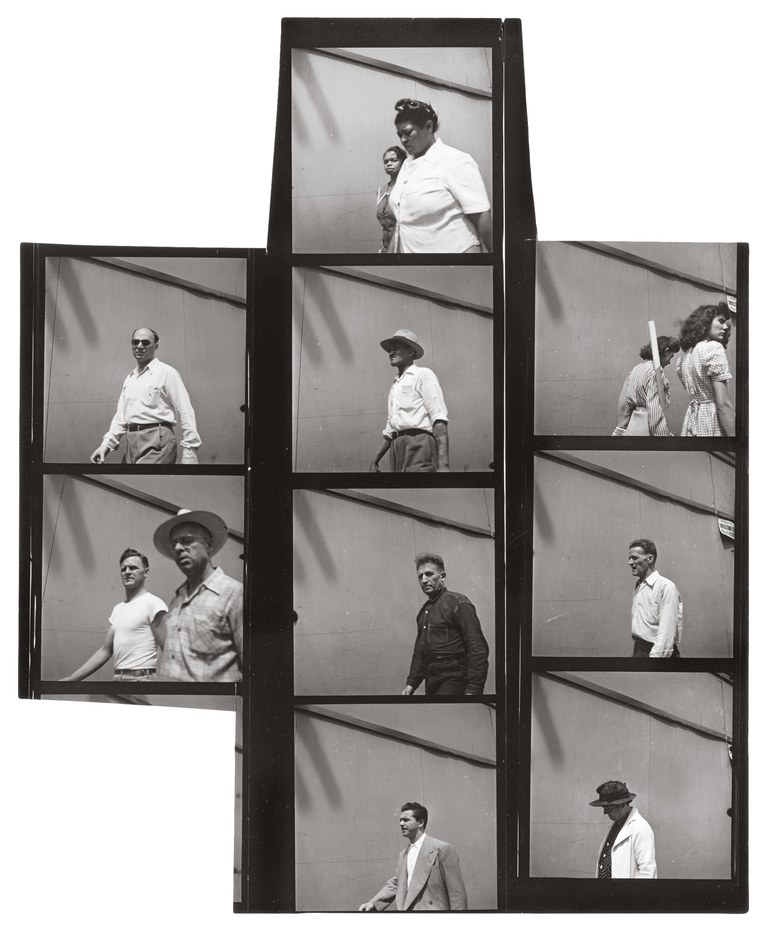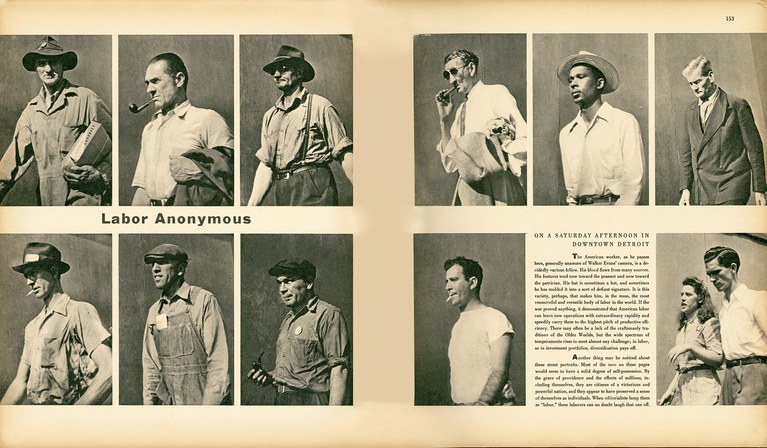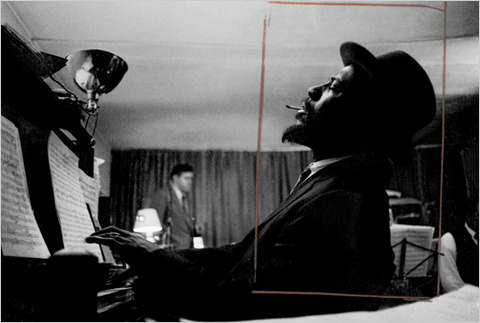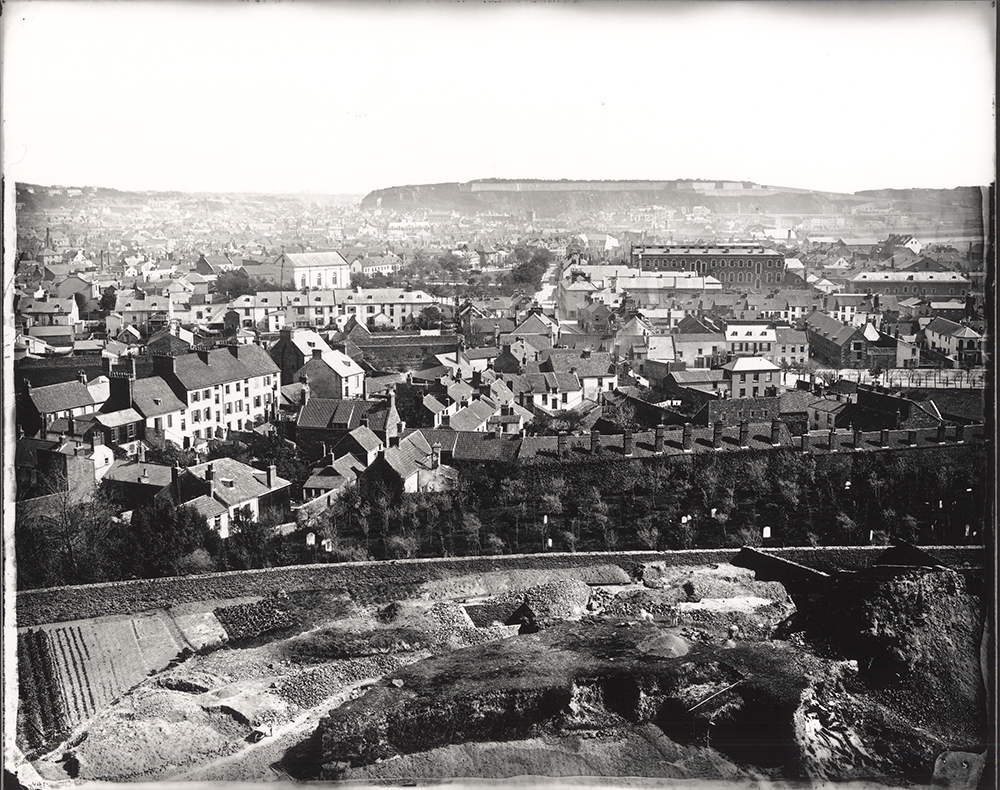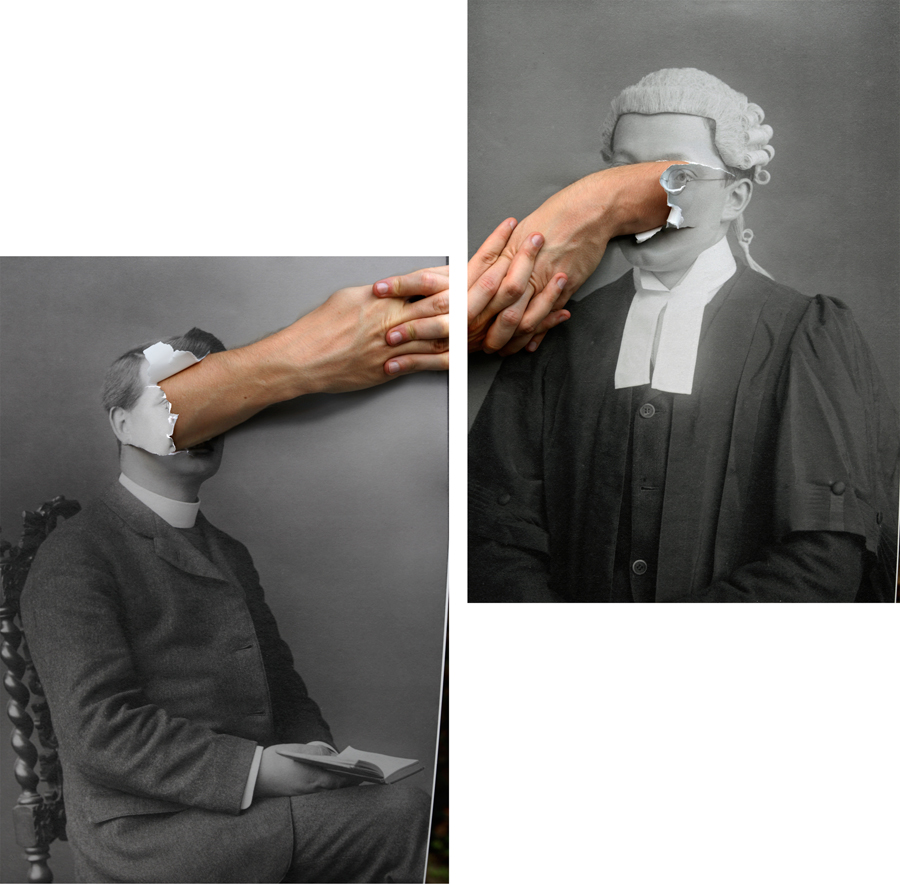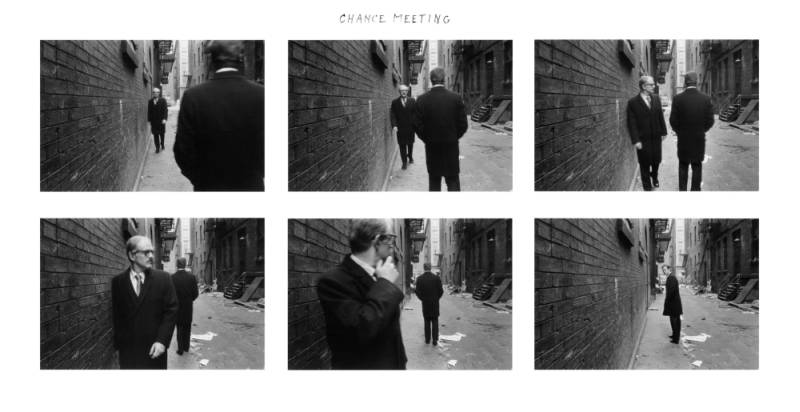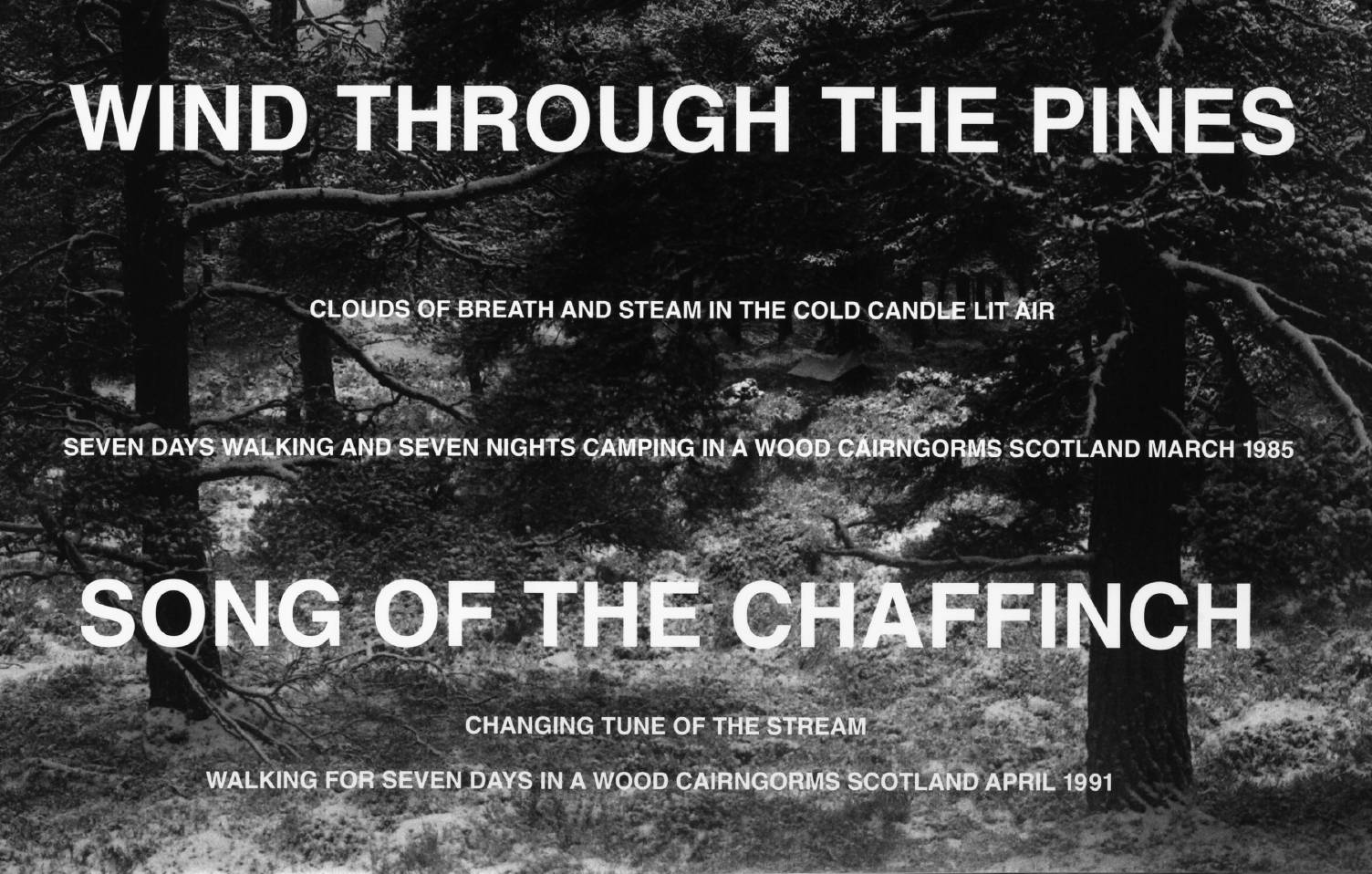Week 1, 2, 3 & 4 : 4 – 21 Sept
Complete newspaper design and produce a 16 page zine
Final Outcomes
Newspaper: Your best page will be selected for the Future of St Helier newspaper that will be printed and distributed island-wide on Tue 18 September.
Deadline: Final page must be ready for export end of lesson 10 Sept.


Photo-zine: For the next 4 weeks we would like you to continue to work in Indesign, experiment with layout and design in producing a 16 page photo zine.
Deadline: 16 page zine needs to be printed on both sides and bound on Tue 18 Sept.
Those travelling to GPF 2018 student will be taking your zine with you to be exhibited during Night of Photography Sat 23 Sept
All the zines will be assessed as part of your first coursework that is part of Personal Investigation unit.

Use PLANNING-TRACKING-PERSONAL INVESTIGATION-AUTUMN-TERM-2018 for a full overview of what you are required to do in the next 4 weeks.
You are required to self-monitor your progress and will be asked to upload Tracking-Sheet with an update on a weekly basis to your blog.
TASKS > produce a number of appropriate blog posts
PHOTO-ASSIGNMENT > SUMMER
You must return to your area of St Helier over summer and produce at least two more shoots.
Review and evaluate your shoot, identity weaknesses and strength Plan and re-visit for a new shoot that adds value to what you already have.
You have to ask yourself:
Am I satisfied that I have enough images/ material?
What are you going to do differently on next shoot?
How are you going to develop your ideas?
Your photo-zine is a final outcome that will be assessed as part of your Personal Investigation (coursework) giving you marks based on skills, knowledge and understanding of photography as a tool for communication in narrative, sequence and design
Deadline: Bring your new set of images to first day of school Tue 4 Sept.

RESEARCH > ANALYSIS
- Gather visual inspirations and produce a mood board of at least 5 different zines from resources in class and describe in detail why you have chosen them in terms of narrative, theme, subject, design, concept etc.
- Select at least one zine and analyse the photographer who made it, considering their work in more detail.
Café Royal Books is a small independent publisher of photography photobooks or zines, and sometimes drawing, solely run by Craig Atkinson and based in Southport, England. Café Royal Books produces small-run publications predominantly documenting social, historical and architectural change, often in Britain, using both new work and photographs from archives. It has been operating since 2005 and by mid 2014 had published about 200 books and zines and they are held in major public collections
https://www.caferoyalbooks.com/

Editions Bessard is a paris-based independant publishing house created by pierre bessard in 2011. Focusing on working with artists, writers and curators to realise intellectually challenging projects in book form.
https://www.editionsbessard.com/product-category/zine-collection/
Something to read:
ARTISTS REFERENCES: Follow these steps to success!
- Produce a mood board with a selection of images.
- Provide analysis of their work and explain why you have chosen them and how it relates to your current project
- Select at least 2 key images and analyse in depth, FORM (describe what you see, composition, use of light etc), MEANING (interpretation, subject-matter, what is the photographer trying to communicate), JUDGEMENT (evaluation, how good is it?), CONTEXT (history and theory of art/ photography/ visual culture,link to other’s work/ideas/concept)
- Incorporate quotes and comments from artist themselves or others (art critics, art historians, curators, writers, journalists etc) using a variety of sources such as Youtube, online articles, reviews, text, books etc.
- Make sure you reference sources and embed links to the above sources in your blog post
DEVELOP > EXPERIMENT
Create 3 examples of alternative layouts for your zine using Adobe InDesign and complete a visual blog post that clearly shows your decision making and design process using print-screens or save each page-spread as a JPEG.
EVALUATE > PRESENT
Write an overall final evaluation (250-500 words) that explain in some detail the following:
- How successfully you explored the newspaper project Future of St Helier.
- Did you realise your intentions?
- What did you learn?
- Contextual references, links and inspiration between your final design and theme, including artists references.



